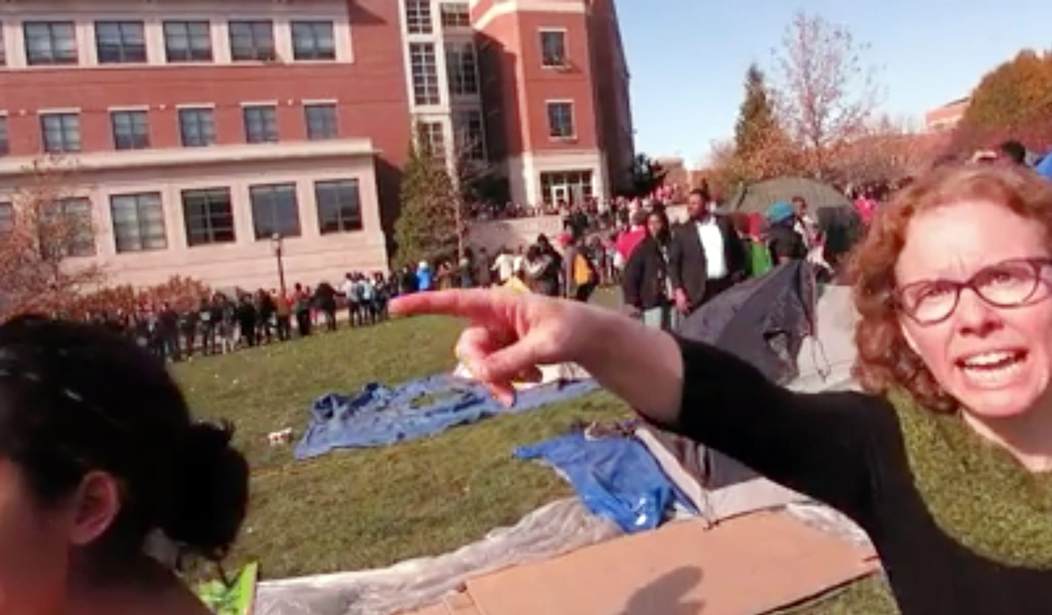You’d think the University of Missouri would have learned its lesson by now, but nope. Despite having to shutter multiple dorms due to low enrollment following the social justice mob outburst a couple of years ago, they’re still pursuing that line of “reasoning” no matter where it might go… right off a cliff, it seems.
The University of Missouri recently released a set of guidelines on how to host inclusive events, asking students to consider having “a counselor present” for “potentially triggering” events.
The guidelines, broken up into six sections of “who, when, where, why, what, [and] how,” offer students an examination of sorts for “how to think inclusively when planning an event,” listing dozens of questions they should ask themselves during the planning stages.
“If my event is potentially triggering, have I consulted with someone from the counseling center or have a counselor present?” one question asks, followed by another that implores students to consider whether “a ‘safe’ or ‘brave’ space” is necessary for the event.
Another series of questions deals with appropriate advertisements for events, warning students to be “conscious of the colors and how they can be exclusionary or stereotypical” while considering if the language used on advertisements “can potentially be bias [sic].”
“Am I conscious of not tokenizing individuals, but still working to actively reflect your program/initiative?” another item reminds students to ask themselves.
It’s like the folks at Mizzou just can’t help themselves.
And honestly, since when have certain colors been “exclusionary or stereotypical” in any way, shape, or form? Seriously, where did this nonsense come from?
Here’s a thought, and it’s kind of radical, so bear with me here. At colleges, let’s have some events where people can do pretty much whatever they want so long as it’s legal, and if anyone doesn’t like it or they find it offensive, they leave.
I know, I know, that’s probably a notion that’s just too out there in this day and age, but I think it’ll work. It’ll help people understand a little place I like to call “the real world.” Out there, no one gives a damn if you think a certain color is exclusionary or stereotypical and people will probably tell you that they don’t really care.
Unless you’re along the coastline in California, Oregon, or Washington state, obviously. Then, all bets are off.
The University of Missouri could use a little bit of an object lesson in reality for its students. A dose of cold water onto their special “feewings” might do wonders for them in the long run as well.









Join the conversation as a VIP Member